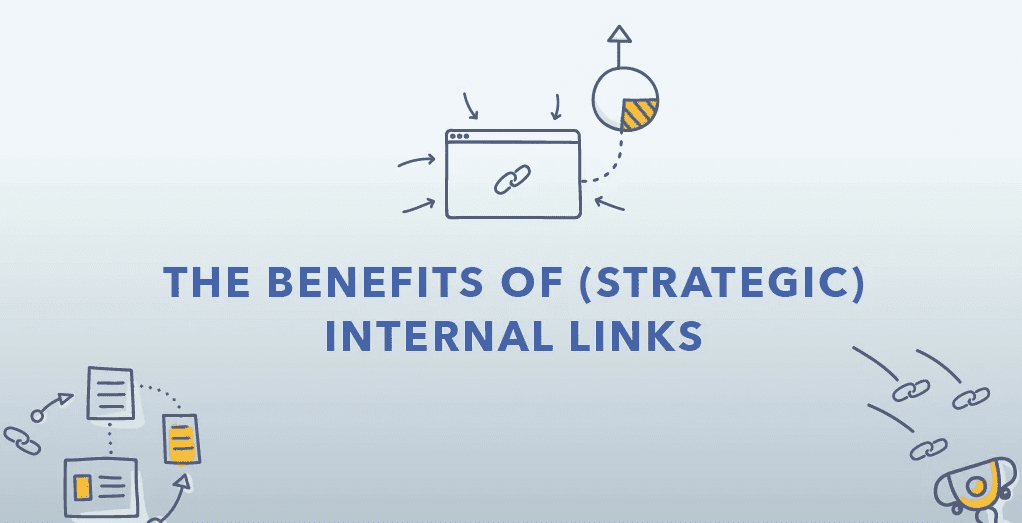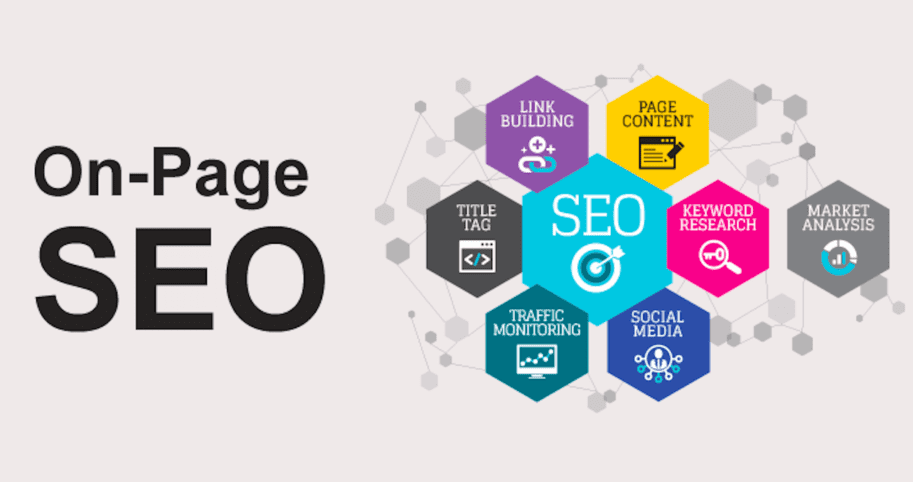Benefit of Internal Linking: Internal linking refers to creating links within a website that connect one page to another within the same domain.

There are several benefits associated with internal linking:
- Improved Navigation: Internal links help users navigate through your website easily. Providing relevant links within your content helps visitors find related information, enhancing their overall user experience.
- Enhanced User Engagement: Internal links guide users to other relevant pages on your site, encouraging them to explore more content. This can increase visitors’ time on your site and reduce bounce rates.
- SEO (Search Engine Optimization): Internal linking is a crucial aspect of on-page SEO. It helps search engines understand the structure and hierarchy of your website. Linking to important pages using relevant anchor text can contribute to better search engine rankings.
- Distributed Page Authority: Internal links can help distribute the authority or link juice among different pages on your website. When you link from a high-authority page to another page, it can positively impact the SEO performance of the linked page.
- Establishing Content Hierarchy: By strategically using internal links, you can establish a hierarchy of content on your website. This signals which pages are more important or relevant to search engines, helping them index and rank your content appropriately.
- Reducing Bounce Rate: Internal links can encourage users to explore more pages on your site, reducing the likelihood of them leaving after viewing just one page (reducing bounce rate). This is important for retaining visitors and increasing the chances of conversion.
- Promoting Key Pages: If you have important pages, products, or services that you want to highlight, internal linking allows you to direct users to these key areas, increasing their visibility and importance.
- Facilitating Content Flow: Internal links contribute to the flow of information within your content. They guide readers from one topic to another, helping them follow a logical path through your website.
Remember to use internal linking thoughtfully and ensure the links are relevant and add value to the user. Avoid overloading pages with excessive links, and ensure the anchor text is descriptive and contextually relevant.
Frequently Asked Question: Benefit of Internal Linking
Q: What is internal linking?
A: Internal linking is the practice of linking one page on a website to another page on the same website.
Q: Why is internal linking important?
A: Internal linking is important because it helps improve website navigation, boosts SEO by providing search engines with a better understanding of the website’s structure, and helps users discover more relevant content.
Q: How does internal linking benefit SEO?
A: Internal linking helps boost SEO by spreading link equity throughout the website, improving crawlability and indexability, and indicating which pages are most important to search engines.
Q: Can internal linking help improve user experience?
A: Yes, internal linking can help improve user experience by guiding users to relevant content, making it easier for them to navigate the website, and keeping them engaged for longer periods.
Q: How can I optimize my internal linking strategy?
A: You can optimize your internal linking strategy by ensuring that anchor text is descriptive and relevant, creating a logical hierarchy of links, and regularly auditing and updating your internal links.

